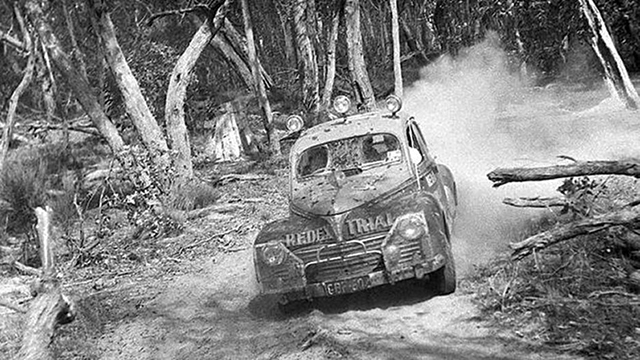Back in 1953 a remarkable race took place in the remote and unforgiving Aussie outback. It featured some of the world’s first mass produced vehicles taking on searing heat, river crossings, dry deserts and back country bush tracks.
The original 1953 REDeX Round Australia Trial was the second longest trial event ever staged in the world at the time. It was immensely popular with more than two thousand people scrambling to be involved and almost every news outlet in the country reporting on it. Many of the roads linking Australia back then were in such poor condition that automotive manufacturers used it as an opportunity to prove that their cars could stand up to the harshest of conditions.
The cars were allowed to be modified, with elements such as springs, clutch and tyres all taking top priority but the regulations stated that engines had to remain as they were from factory. Under-carriage clearance and overall durability were important as many of the so called roads were nothing more than two wheeled tracks, divided by grass up to four feet high.
Some of Australia’s pioneering motorsport icons took place in the event over the years including Eddie Perkins in a Volkswagen Beetle, Harry Firth in Ford Cortina GT and the one and only Peter Brock in a Holden VB Commodore. Other cars to feature in the golden years of the Trials were Peugeot 203's, Citroen’s, Ford Customline’s, Jaguars and even a couple of Fiat’s.
Although there were almost 15 of these events spanning over five decades the majority took place in the 1950’s. Today an event of this scale would require a well-equipped 4WD and a wealth of mechanical knowledge, but back then 4WD’s hadn’t even appeared on the market. Nowadays these old school beauties are driven on warm sunny days and freshly paved roads, but next time you see one, remember that they might not be as fragile as you think.
